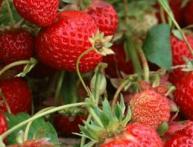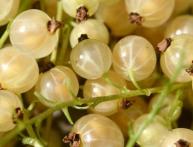Caring for raspberries in spring

Good raspberry harvest - this is not so much a gift of fate as painstaking work person caring for this plant. Even very good varieties can bear fruit poorly if you don’t take care of them. Before planting raspberries, find out which type is best suited for your climatic conditions and soil.
Basic caring for raspberries in spring - This is pruning frozen shoots and stems. As soon as the frost has passed, conduct a detailed inspection of your shrub. Some shoots will need to be shortened completely, but most will lose only the top. Don't rush to trim if the frozen stem has living buds.
You will also need to remove broken, sick, too thin branches. The thickness should be no less than a regular pencil. By thinning out the raspberries, you can be sure that all the nutrients, sun and moisture will go to healthy, strong stems that will produce a full harvest.
To make the berries larger, do not let the bushes grow more than one and a half meters. Feel free to take the pruning shears and trim the tops. Some varieties also need tie up to the trellis.
Since raspberry roots are close to the surface, deep loosening is contraindicated for them (so as not to damage them). You definitely need a little weed bush for weeds and can be used if desired feed, but carefully and only with organic fertilizers. Manure can be applied every other year.
This crop has one main pest - the raspberry beetle. If the raspberry plant is small - it is better to collect it manually, since chemicals significantly reduce the yield.








